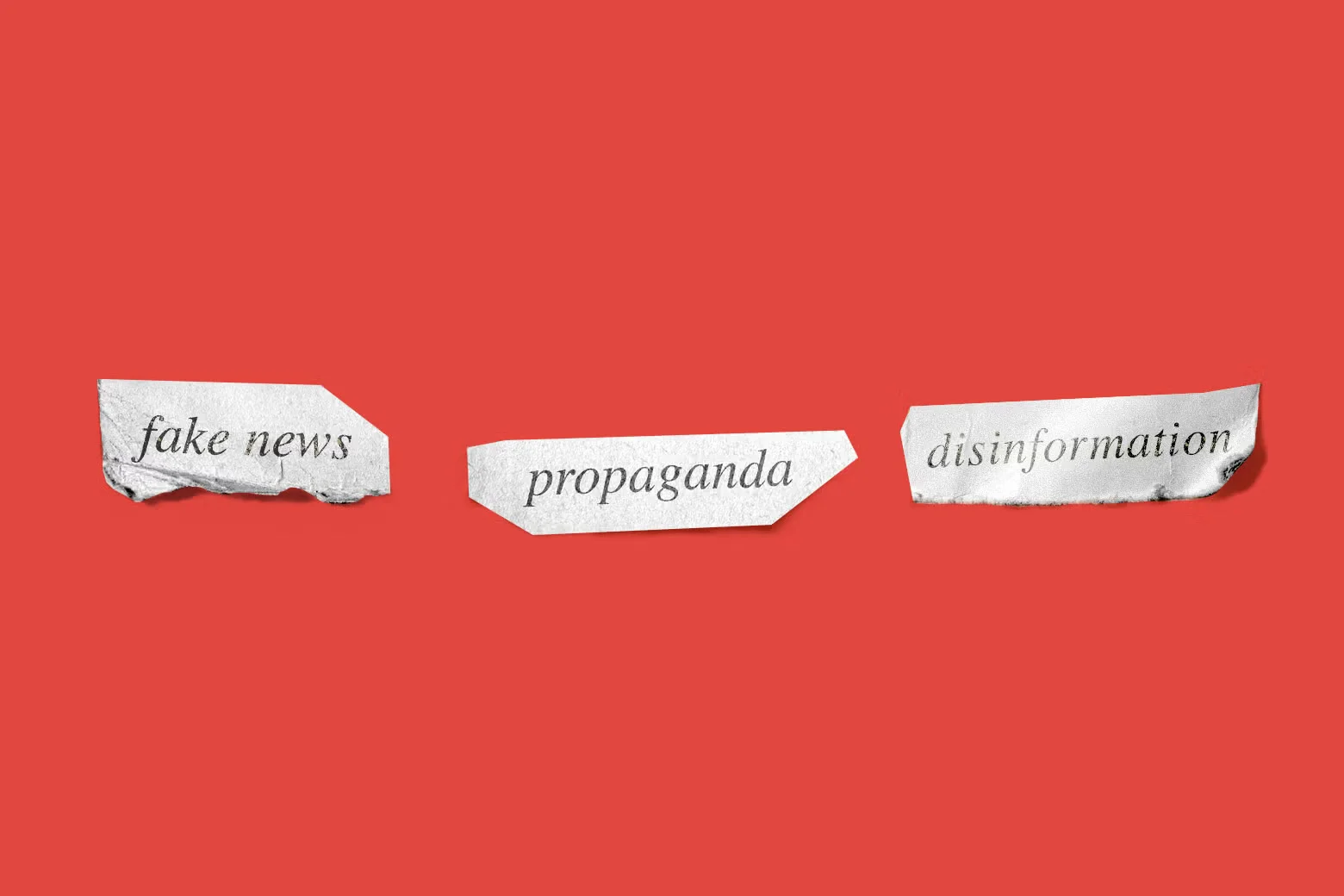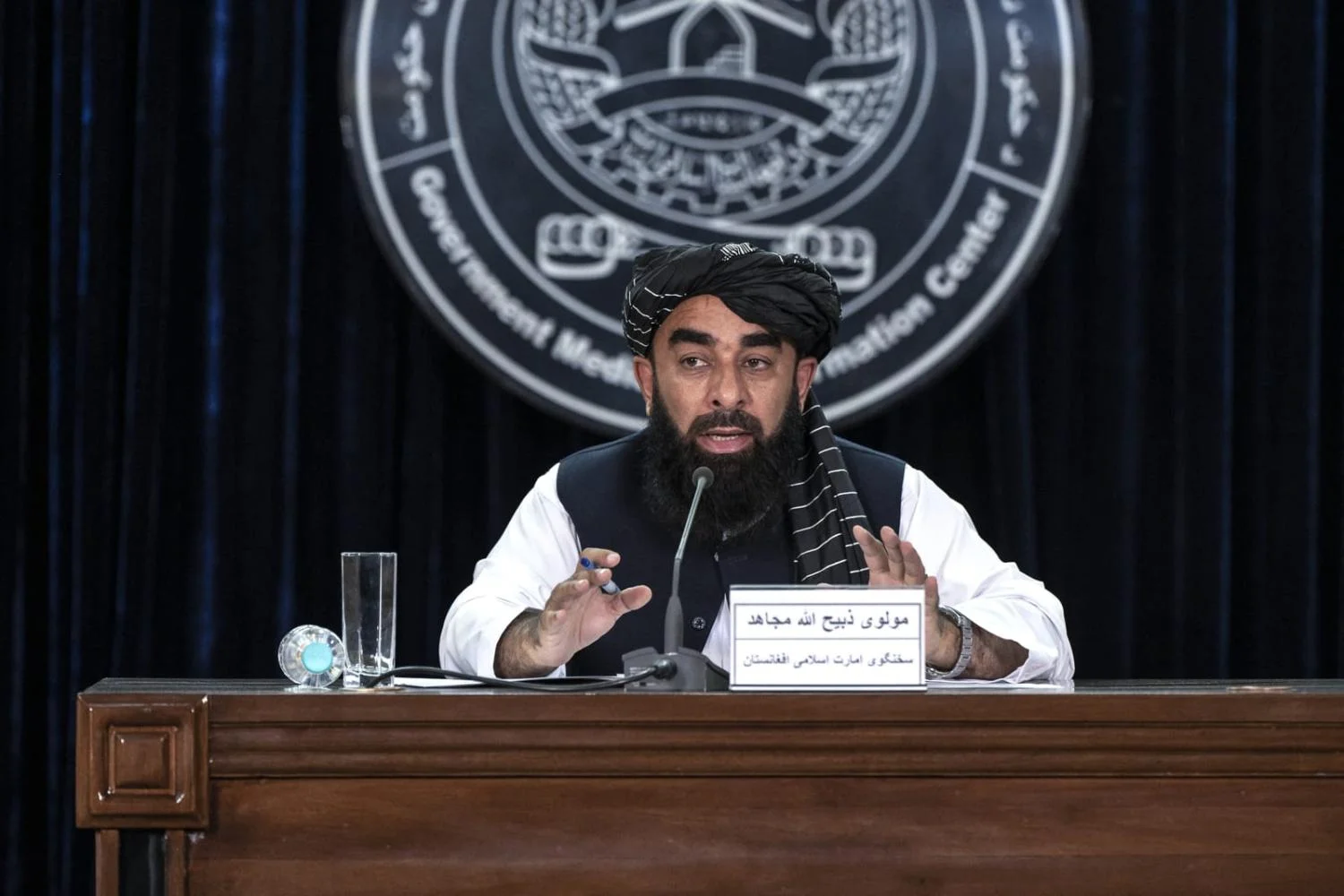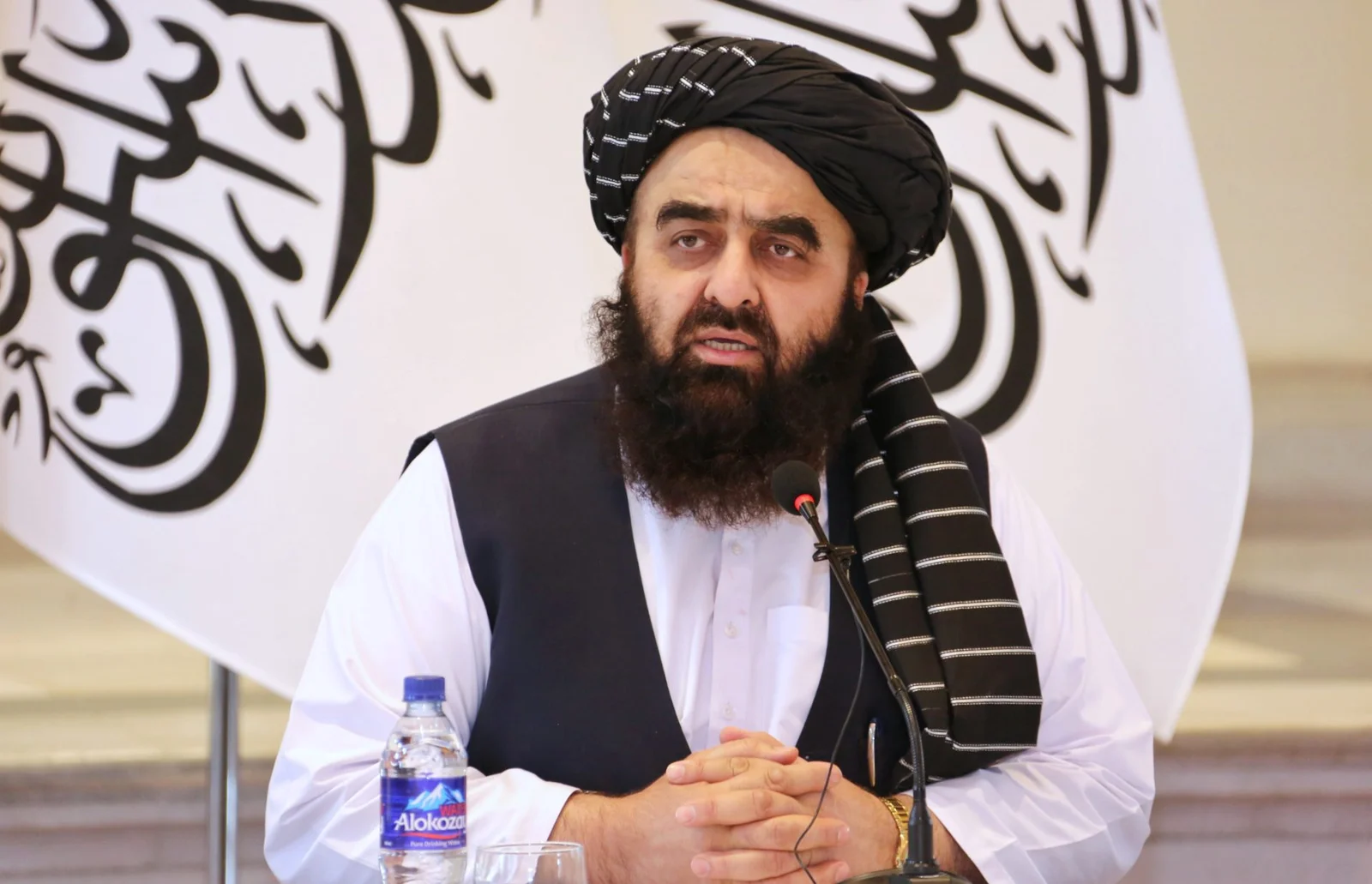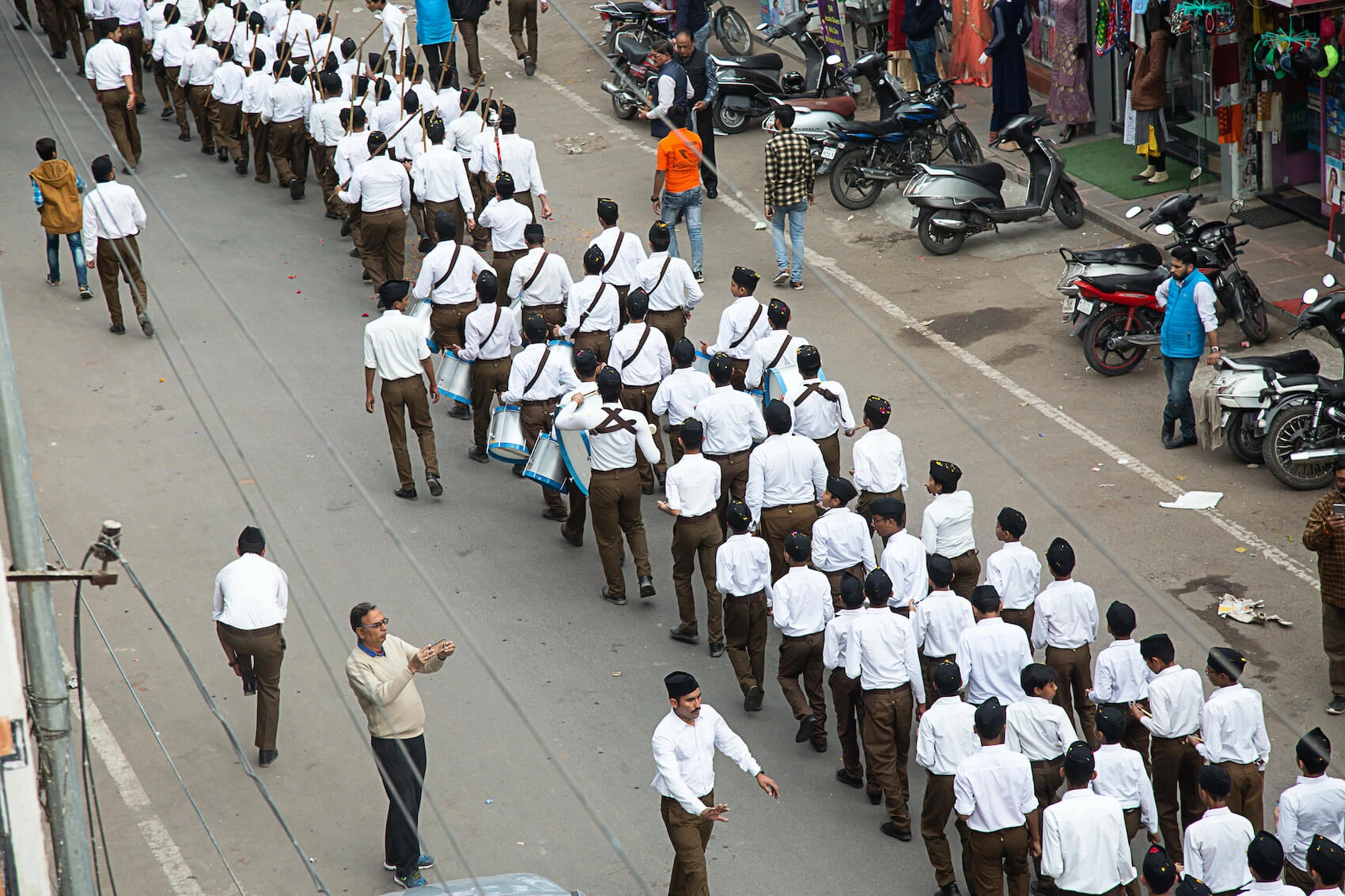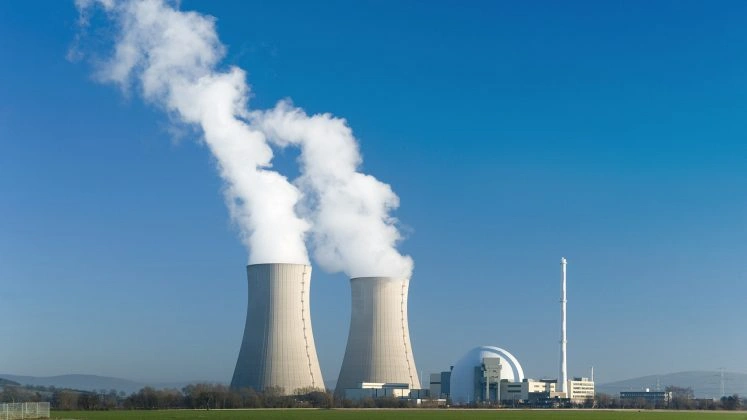Modi’s maiden voyage to the White House under Trump 2.0 isn’t just another diplomatic jet‐setting—it’s a high-stakes chess move on a board crowded with tariff debates, immigration headaches, and the ever-shifting contours of Indo-Pacific strategy. In a Trumpian twist that blends aggressive “America First” rhetoric with an odd sort of personal camaraderie, Narendra Modi has become one of the first global leaders to meet the re‐elected commander-in-chief, setting the stage for a recalibration of the India–US relationship that’s as transactional as it is strategic.
Prior to his U.S. visit, PM Modi spent three days in France (February 10–12, 2025), where he not only co‐chaired the AI Action Summit with French President Emmanuel Macron but also inaugurated the new Indian consulate in Marseille, paid homage to Indian soldiers at the Mazargues Cemetery, and toured the ITER facility—a flagship project in fusion energy technology. Notably, a viral video from the summit captured an unusual moment: on three separate occasions, when Modi extended his hand in greeting, Macron appeared to ignore the gesture. While some critics labeled this as a diplomatic snub, others noted that Macron had already greeted Modi earlier and was busy engaging with other dignitaries such as US Vice President JD Vance and European Commission President Ursula von der Leyen, suggesting that the repeated non-reciprocation might have been a matter of protocol or timing rather than deliberate disregard.
Also See: Trump 2.0 and India-US Relations: What To Expect
A Tariff Tango and Trade Surplus Showdown
For decades, India has earned the dubious title of “tariff king”—a label Trump has worn with a mix of disdain and diplomatic provocation. With bilateral trade between the two nations reaching roughly $118 billion in 2023/24 and India enjoying a trade surplus in the ballpark of $32–35 billion, Washington’s pressure on New Delhi to lower import duties is anything but theoretical. Instead, it’s a concrete issue with data-driven implications for domestic industry and fiscal policy. Recent reports indicate that India has already preemptively slashed tariffs on a range of U.S. goods, from Harley-Davidson motorcycles to components for high-tech products, in an effort to stave off the specter of retaliatory tariffs from Trump’s administration.
Yet while trade numbers and tariff figures offer a clear-eyed snapshot of economic reality, the negotiation table is set for a transactional relationship where concessions on both sides are par for the course. If the administration of Trump 2.0 leverages India’s tariff structure as a bargaining chip, Modi’s government might have to weigh the political cost of yielding on this front against the promise of enhanced market access for American goods—a trade-off that is as delicate as it is high-stakes.
The Immigration Issue: Deportation Debacles and Diplomatic Dances
Another thorn in the bilateral relationship is immigration. Under the banner of stringent border control, the Trump administration has not hesitated to parade deportations as a “success.” The recent repatriation of 104 Indian nationals—deported on a military aircraft, handcuffed and leg-chained—has ignited fierce domestic criticism in India, with opposition figures decrying the process as a stain on dignity and humanity.
The Modi government, aiming to maintain good humor in a serious game of geopolitical brinksmanship, is reportedly planning to repatriate up to 18,000 undocumented Indian immigrants. With estimates suggesting that as many as 725,000 Indians live illegally in the U.S., this selective repatriation is designed not only to placate Washington’s hardline stance on illegal immigration but also to safeguard the H-1B visa program, which is vital to India’s IT sector.
Modi’s measured response—quietly negotiating with U.S. officials while avoiding a public outcry—may be seen as a pragmatic, if somewhat unglamorous, nod to Trump’s priorities. It’s a classic case of “if you can’t beat ’em, repatriate ’em,” a policy move that underscores how immigration is not just a domestic political issue for India but a strategic lever in international trade talks.
Indo-Pacific: The Grand Stage for Containment and Cooperation
No discussion of Modi’s visit would be complete without addressing the elephant in the room: China. In the current era of Trump 2.0, the United States’ Indo-Pacific strategy is focused squarely on containing Beijing’s growing assertiveness. Washington views India as a linchpin in this grand strategy—a counterbalance to China’s maritime expansion and its aggressive territorial claims across the South China Sea and beyond.
Modi’s visit is therefore charged with dual significance. On one hand, it is an opportunity to secure further concessions on tariffs and immigration; on the other, it is a signal that India is firmly on board with America’s efforts to shore up the Indo-Pacific alliance, whether through the Quad or through bilateral defense deals. With Washington urging India to ramp up purchases of American-made weapons and defense equipment, the visit is likely to yield discussions on everything from fighter jets to advanced surveillance systems
Moreover, India’s strategic relevance in the region has grown as Washington’s commitment to a free and open Indo-Pacific becomes more pronounced. The United States, with its renewed emphasis on “America First” policies, is counting on New Delhi not just as an economic partner but as a vital strategic ally in the geopolitical tug-of-war with China. The evolving Indo-Pacific framework could see India playing an even more prominent role in regional security, ensuring that the balance of power tips away from Beijing’s advantage and towards a more multipolar order.
What’s in Store for India–US Ties?
Modi’s visit, set against the backdrop of a Trump 2.0 administration that is as transactional as it is confrontational, suggests that India–US ties will continue to be characterized by a mix of mutual strategic interests and hard-nosed economic bargaining. While the personal rapport between Modi and Trump has, at times, softened otherwise abrasive policy demands and even paved the way for breakthroughs in defense procurement and tariff negotiations, it is ultimately tempered by Trump’s fundamentally deal-focused mindset.
On several occasions, Trump’s blunt rhetoric—most notably his past criticism of India as a “tariff abuser”—has revealed that his engagement with New Delhi hinges on immediate economic and political concessions rather than a deeply rooted long-term partnership. In practice, this means that any warmth in their interactions is likely to give way to pragmatic, sometimes cold, negotiations that prioritize short-term wins.
There is a clear risk, however: if the relationship becomes overly transactional, it might marginalize broader strategic cooperation in the Indo-Pacific. Critics warn that Washington’s insistence on immediate concessions could erode long-term trust and weaken New Delhi’s negotiating position. At the same time, Modi’s commitment to bolstering domestic manufacturing—especially in defense—ensures that India is unlikely to compromise on its core strategic interests, even if that means adopting a tougher stance on issues like tariffs and immigration.
Ultimately, the outcome of this delicate balancing act will shape not only bilateral ties but also the broader regional order. As both nations contend with their domestic challenges—America’s populist tilt toward border control and India’s drive for economic reform—their forthcoming discussions in Washington will serve as a critical bellwether for the future of India–US engagement.
In Conclusion: A High-Wire Act on the Global Stage
Modi’s early trip to meet Trump 2.0 is emblematic of the complex, multifaceted nature of modern diplomacy. It is a journey where economics, security, and domestic politics converge on a global stage, and where every handshake carries a weight of expectation and strategic calculation. In this high-wire act, India must balance its traditional assertiveness with a willingness to make concessions—without losing sight of its long-term strategic goals in the Indo-Pacific.
The visit, replete with promises of tariff adjustments, nuanced immigration reforms, and enhanced defense cooperation, highlights a new era in India–US relations—one that is as much about mutual necessity as it is about bargaining power. Whether this will lead to a robust and balanced partnership or merely a series of transactional wins remains to be seen. One thing, however, is clear: in the unpredictable world of Trump 2.0, every diplomatic move is a calculated risk—and Modi’s journey to Washington is just the opening gambit in what promises to be a riveting geopolitical contest.
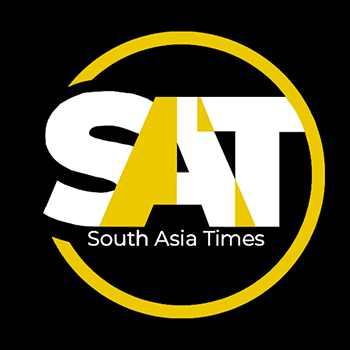
![Modi's visit to the U.S. under Trump 2.0 navigates tariffs, immigration, and Indo-Pacific strategy in a high-stakes reset. [Image via NYT]](https://southasiatimes.org/wp-content/uploads/2025/02/12modi-trump-fhjm-superJumbo.webp)
